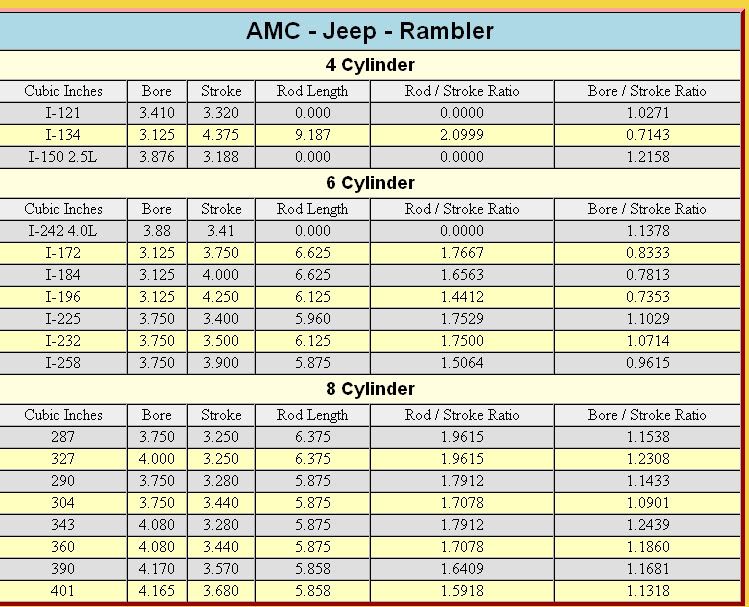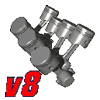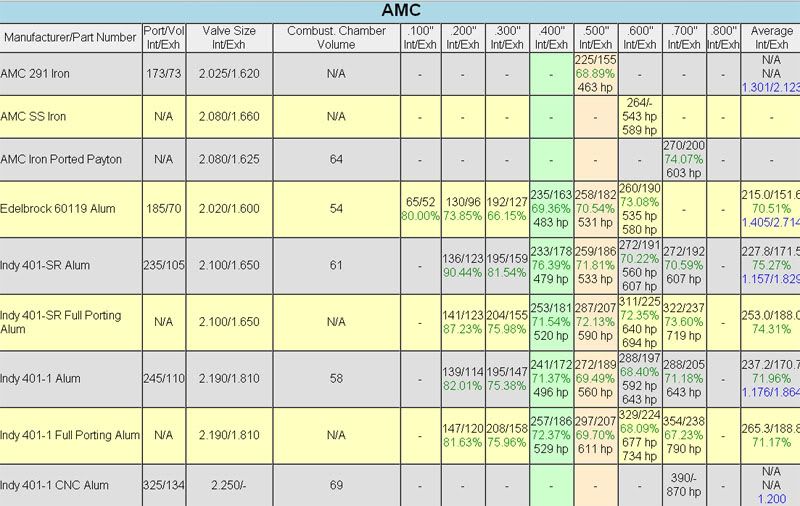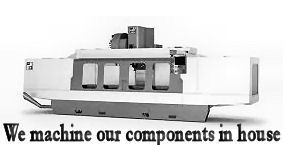
Originally Posted by
Stan Weiss
ALL Volume numbers are in cc's. — ALL Flow numbers are in CFM.
* When calculating the average number, flow at .100 lift is not used. This will be line 1 in the average column and is in BLACK.
* When calculating the average exhaust / intake ratio there needs to be more than 2 flow numbers, and the number of intake and exhaust count must be equal. If present this will be line 2 in the average column and is GREEN.
* When calculating the CFM flow per cc of intake or exhaust port volume only the highest intake or exhaust flow number is used.
If present this will be line 3 in the average column and is BLUE.
* Bigger is not always better (The highest flow numbers and/or largest port volume). — Velocity is just as important.
* We want the best flow number's with the smallest port volume and the highest velocity.
* Remember to compare all flow numbers. — Low lift flow does help performance.
* Looking at flow numbers near or above max. valve lift is meaningless.
* For street engines airflow at 0.400 inch lift is a good place to evaluate flow.
* Check the exhaust / intake flow ratio. If present this will be the second line in the cell and is GREEN.
* We show a Maximum Horse Power number calculated using 3 different formulas .400, .500 and .600 use one from AFR as show in a number of magazines, .600 and .700 uses a comp type formula and .800, .900, and 1.000 uses almost a Pro Stock type. Because this number is program generated and uses 8 cylinders it will generate bad data if the engine is other than an 8 cylinder. Some engines have had an override added to make them come out correctly ex. Harley-Davidson.
* One reason exhaust numbers vary is if one person attached an Exhaust Tube/Pipe, if I have this information it will be line 3 in the valve size column. The increase from a pipe will vary from head to head but at higher lifts in normally in the 4 to 7 percent range.
* Other reasons numbers may vary is valve size, and Bore Fixture Size> — If I have the Bore Fixture Size it will be line 2 in the valve size column.
* For a supercharged, or nitrous you will need a higher intake exhaust ratio.
* Use these numbers only as a rough guide.
* Remember when doing a comparison to other tables check at what pressure differential were they flowed?
* There is a calculator on the main page to convert flow numbers from one pressure differential to another.
How to use the RPM of Peak Horse power Table.
1) Calculate the cubic inches of one cylinder of your motor.
2) Run across the top column and find the closest value.
3) Take the CFM for the head you are looking at a valve lift which is below maximum valve lift for the cam you are running.
4) Run down that column until the left hand column has the CFM closest to that number.
-- example --
Pontica 400 / 8 = 50 ci per cylinder.
Pontica 16 Jim Butler has 245 CFM @ .500 lift and 504 hp
Peak Horse Power RPM from Chart 5444. This is where the cylinder volume and cfm cross.
These numbers have come from various magazines, web sites, manufactures catalogs, and ???.
* Most flow numbers for AFR - Air Flow Research heads come from their Web Site or '05 Catalog, updated Dec. '04.
* All flow numbers for BHPerformance Ported heads come from BHPerformance updated Jan. '05.
* Most flow numbers for BRODIX heads come from their '98 or '04 Catalogs. Some from their Web Site, updated Jan. '05.
* Most flow numbers for CANFIELD heads come from their Web Site updated Oct. '04.
* Most flow numbers for DART heads were from DART updated April '04. Web Site
* Most flow numbers for EDELBROCK heads come from their Web Site updated April '04.
* All flow numbers for FLO Headworks ported heads come from their web site. Updated June '03 — and were converted from 10" to 28".
* Most flow numbers for HRD ported heads come from their web site March '04.
* Most flow numbers for INDY heads come from their Web Site updated April '04.
* All flow numbers for KRE ported heads come from their web site. — Kauffman Racing Equipment
* Most flow numbers for TrickFlow heads come from their Catalog. Web Site updated Jan. '05.
* CCM - Means these numbers come from Car Craft Magazine Web Site.
* CHP - Means these numbers come from Chevy High Performance Magazine Cylinder Head Database.
* HPMM - Means these numbers come from High Performance Mopar Magazine Web Site.
* MMM - Means these numbers come from Mopar Muscle Magazine Web Site.

Originally Posted by Stan Weiss
ALL Volume numbers are in cc's. — ALL Flow numbers are in CFM.








 Reply With Quote
Reply With Quote
